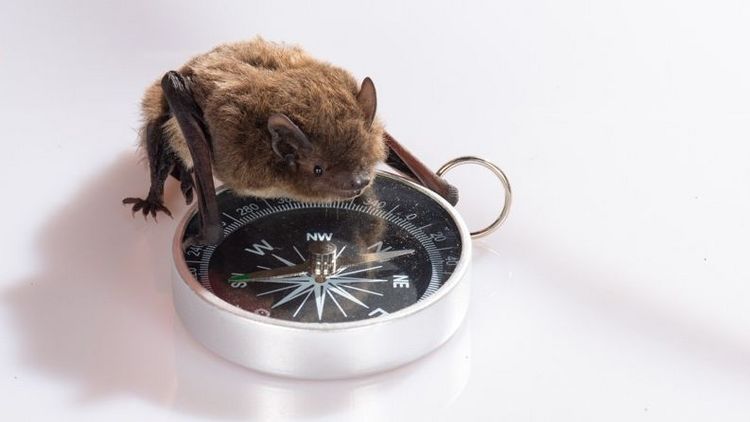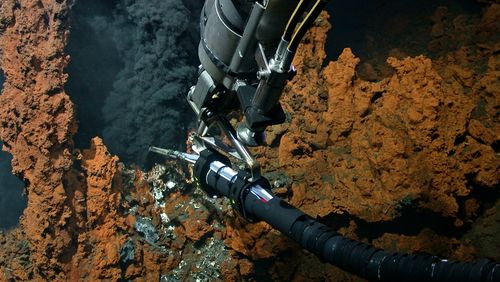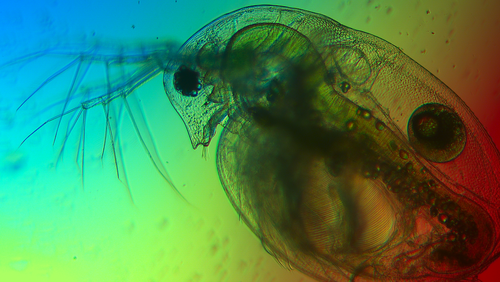More
Contact
Quantum effect or magnetic particles?
The two proposed mechanisms for magnetoreception are based on different principles of physics, which means that behavioural experiments can be designed to distinguish between them. The radical pair mechanism, for example, which is based on quantum mechanics, is light-dependent and therefore cannot function in absolute darkness. It is also disrupted by electrosmog, i.e. radiofrequency magnetic fields in the range of 100 kilohertz to 100 megahertz.
Magnetoreception based on magnetic particles, on the other hand, should not be affected by darkness or electromagnetic radiation, but is likely to be disrupted by a strong but brief magnetic pulse. Such pulses can reverse the direction of the magnetic field in magnetic minerals or even mix up their arrangement in magnetic sensory cells. As a result, a disturbed sensory cell can no longer reliably detect an external magnetic field until it is recalibrated or repaired.
Experiments with songbirds have shown that they need light to use their magnetic sense, and that electrosmog disturbs their orientation. These, as well as many other findings, support the theory that their magnetoreception is based on the radical pair mechanism. By contrast, experiments with pigeons, young sea turtles and bats showed that their orientation was disrupted by magnetic pulses, which is why scientists suspect that the magnetoreception in these species is particle-based. It cannot be ruled out that in some animal species both mechanisms are present and are used for different aspects of navigation.




